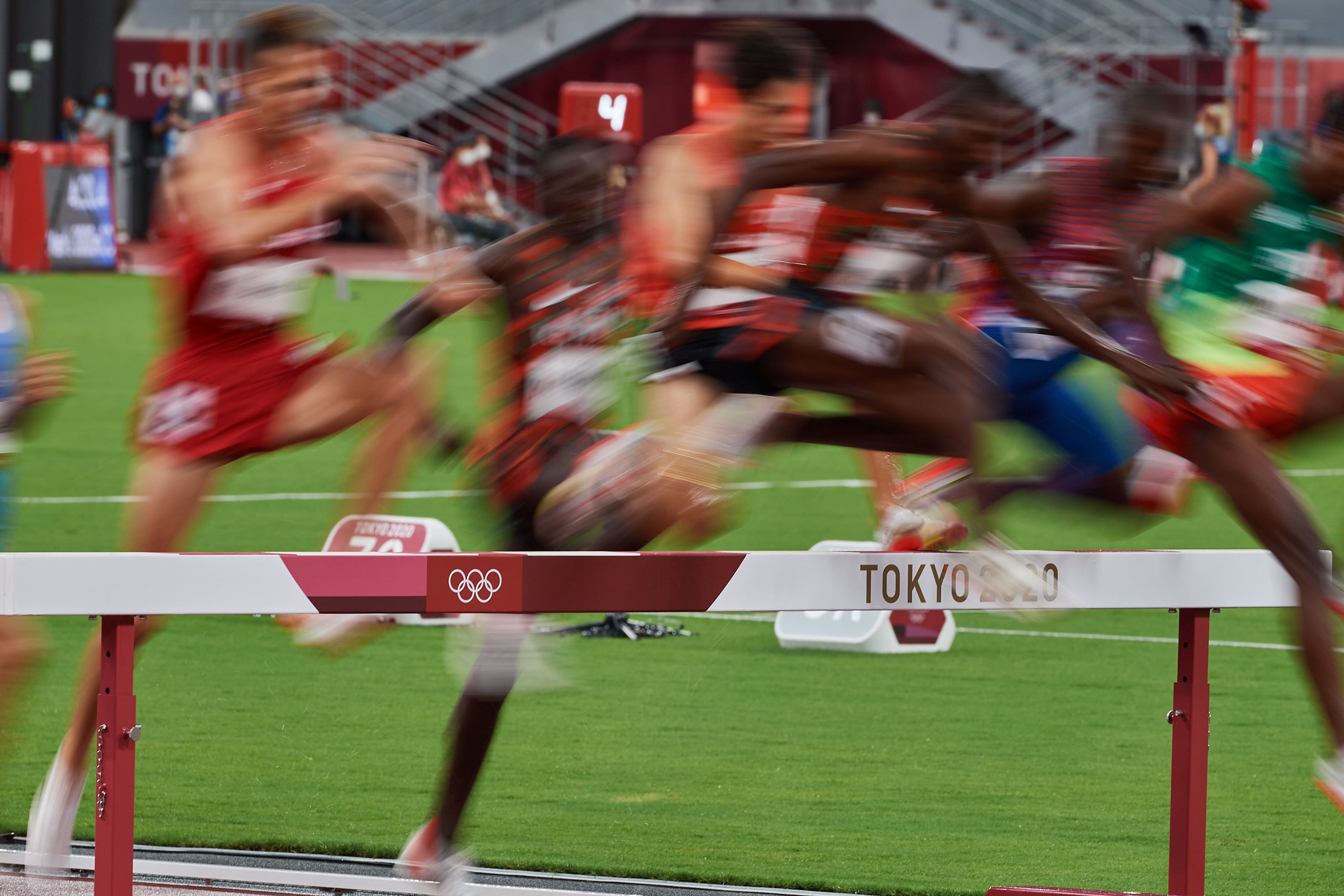Monopod Photography: how to use it for sports photos
10.11.2021 | Reading time: 15 minutes
Author: Joe McNally
What is a monopod?
A monopod is a pole or staff used to help support cameras. It is often overlooked. It’s a (relatively) slender piece of jointed, tubular metal that is not discussed much, and certainly never in the rapturous terminology photographers use when describing, say, a favorite lens.
It’s just not a particularly sexy or flashy piece of gear. What it is, though, is dependable, essential, low-maintenance, handy to tote, and multi-purposeful. Never mind that it’s not often mentioned in the gear blogs and photo magazine reviews, as they are preoccupied with the numbers of the pixels. If you ask any pro about a monopod, he or she will give it a nod, a thumbs-up, and a review that well indicates its indispensability. Given its essential nature, the choice of an excellent monopod is crucial to the ongoing mission of the photographer. I’ve been using Gitzo monopods since forever. They are varied in form and height, tough as nails, just about impossible to destroy, and sturdy as a rock formation.
The serious photographer will choose wisely, given their own needs. A hard-core, heavy-duty monopod is a must for long-lens work such as wildlife photography or sports photography. Comfort is a big factor when supporting long glass, so care must be taken in selection to match the monopod to the height of the user. There are small, sturdy, multisection monopods Gitzo makes, which are incredibly handy and take up virtually no room in the backpack. Just be sure to check that they reach as far as you need.
It basically comes down to this: a well-built monopod is a must for the serious photographer. Weather-sealed and able to withstand the rigors of wind and rain, and sturdy enough to hold long glass effectively. For instance, a 600 mm f/4 costs around $12,000. Do you want to perch that on a cheap, poorly built monopod that may be prone to slippage, or worse?
How to use a monopod for sports photography
Coming off the Tokyo Olympics, I can reflect now and offer that the one piece of kit that went with me everywhere was my Gitzo monopod. I changed lenses, and flash cards, and my itinerary and objectives for coverage virtually every day. What never changed was the simple fact that my monopod came with me. All the time.


Photographing runners
I brought two monopods to Tokyo, and fitted both with big feet, to ensure I had grip on the ground and steadiness at the camera and lens. As you can see in the runners pouring over the hurdle in the below photo, I used a slow shutter speed, with a D6 camera and a 400mm lens. It was shot at 1/40th of a second, which is a tough shutter speed to hold with that much glass on the camera. But while the essence of the photo is the blurred action of the runners, something has to be sharp. Note the Olympic rings on the hurdle are tack sharp (image right).
It is the essential, stable reference point for the energy and speed of the athletes, bursting over the obstacle, so, it must be sharp, and that’s where monopod feet come into play. A foot gives the monopod a broader, stable surface, and also gives a small amount of area I can literally step on with my foot. This gives me additional stability and enables slower shutter speeds. A natural question would be, “Why not use a tripod?” A tripod would be a much more certain platform, but they are not allowed at the Olympics no matter how long your glass.


Athletics event
The monopod is also excellent at any Athletics event for the quick pan. I am moving the glass with the runners here, hoping for some aspect of them, their uniforms, legs, etc. to be sharp. I got a sliver of sharpness on the runner with the orange shorts, and the back leg of the runner just ahead of her. The rest of the photo, including the track, is in motion. This is 1/30th of a second, bracing the monopod and swinging my camera at the pace of the action.


Using a monopod: all the advantages
The choice of using a monopod instead of a tripod brings many advantages to photographers, especially Gitzo monopods:
- Performance factor: with a monopod you don’t have to open one leg at a time. You can loosen all the joints at once and collapse it instantly. When you have to move positions at an Olympics, you often have to move fast. Time saved is crucial, even if it’s only seconds.
- Flexibility: the monopod can also get a camera where you can’t. The below photograph was shot in the Tokyo subway system for a pre-Olympic feature. I am standing, as steady as I can, triggering the camera remotely. My assistants are standing next to me, on either side, hand-holding flash units bounced upwards. That way, even though the shutter speed is slow, at 1/5th of a second, the image has a core of sharpness. Flash duration, plus a very solid Gitzo monopod equals success.
Unassuming but essential, is what I would term the monopod. Like all Gitzo platforms, it’s made for the long haul.




Joe McNally
Joe McNally is an internationally acclaimed, award-winning photographer whose prolific career includes assignments in nearly 70 countries. McNally is known world-wide as not only one of the top, technically excellent photographers of his generation, but his charming demeanor, confidence and humor make him a sought-after choice from CEO’s to celebrities to commercial and magazine clients alike.

























